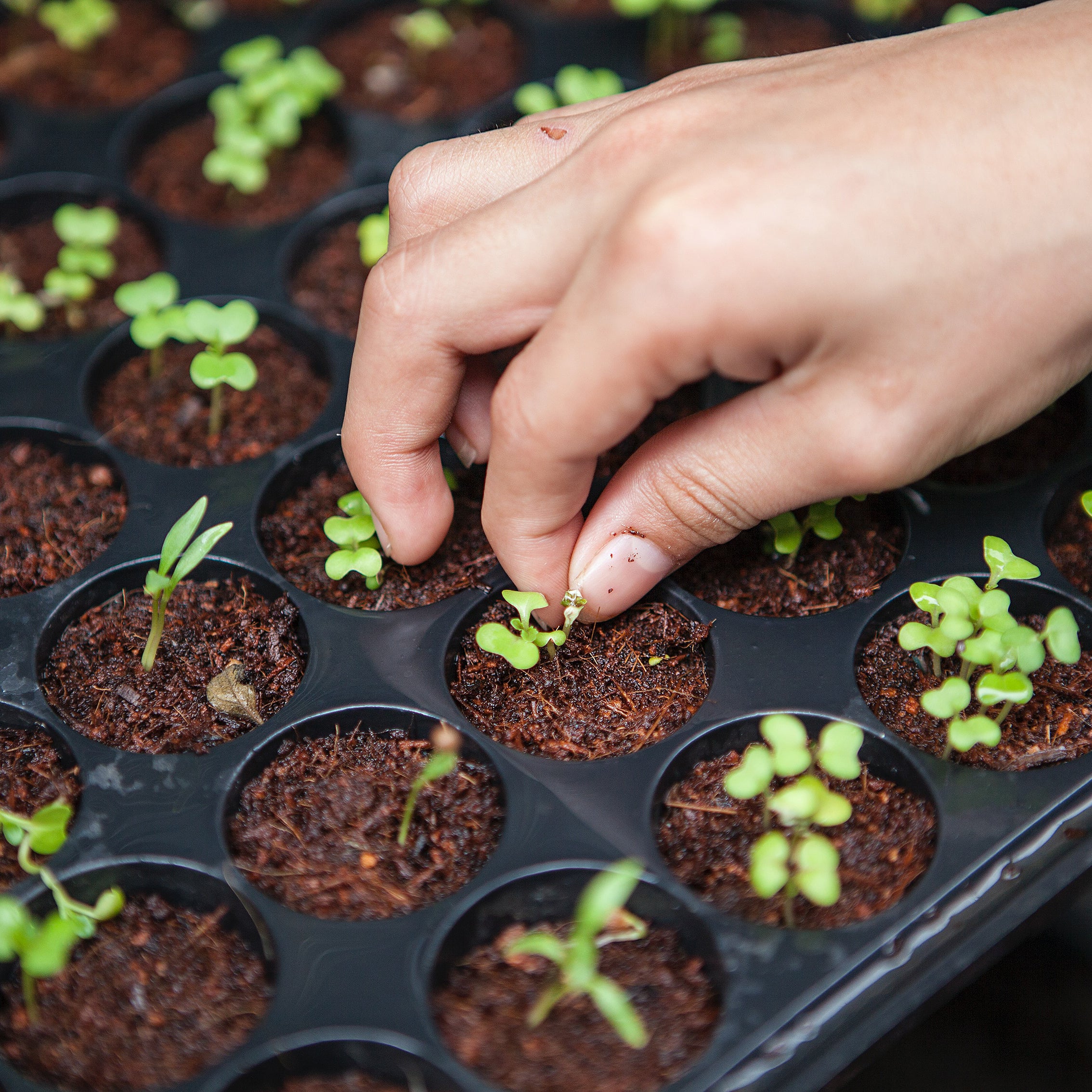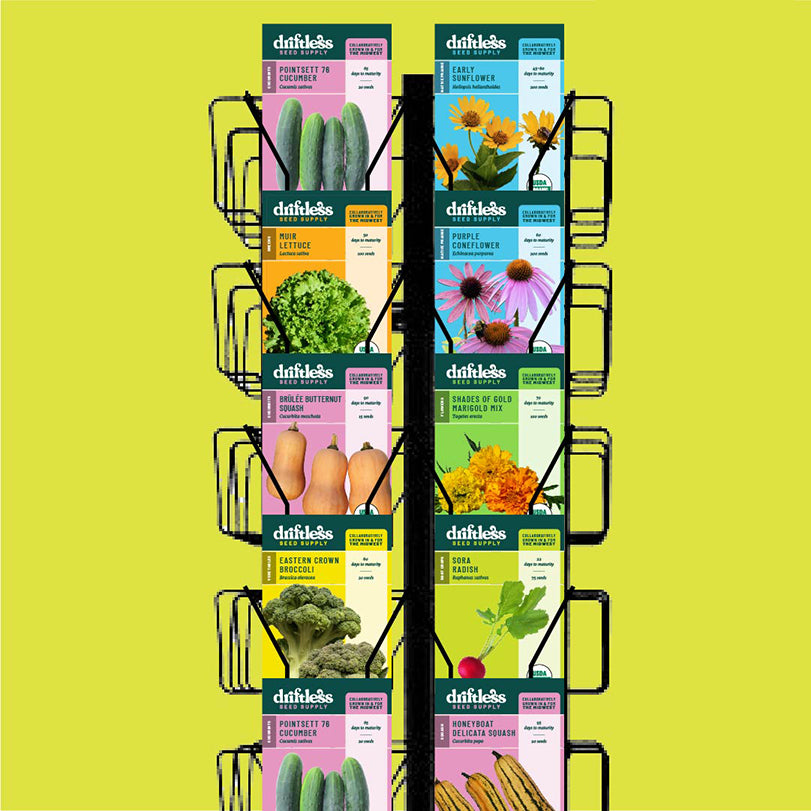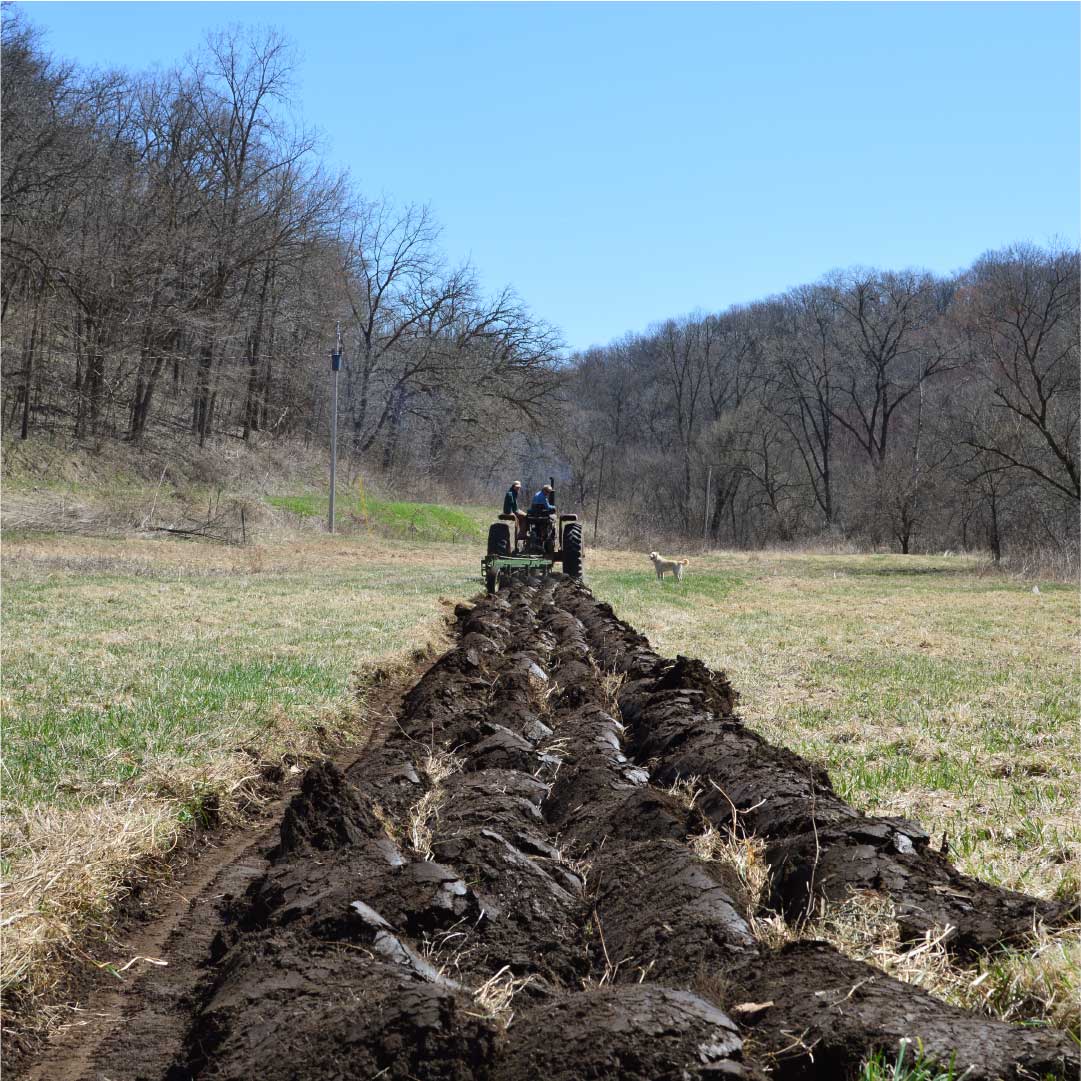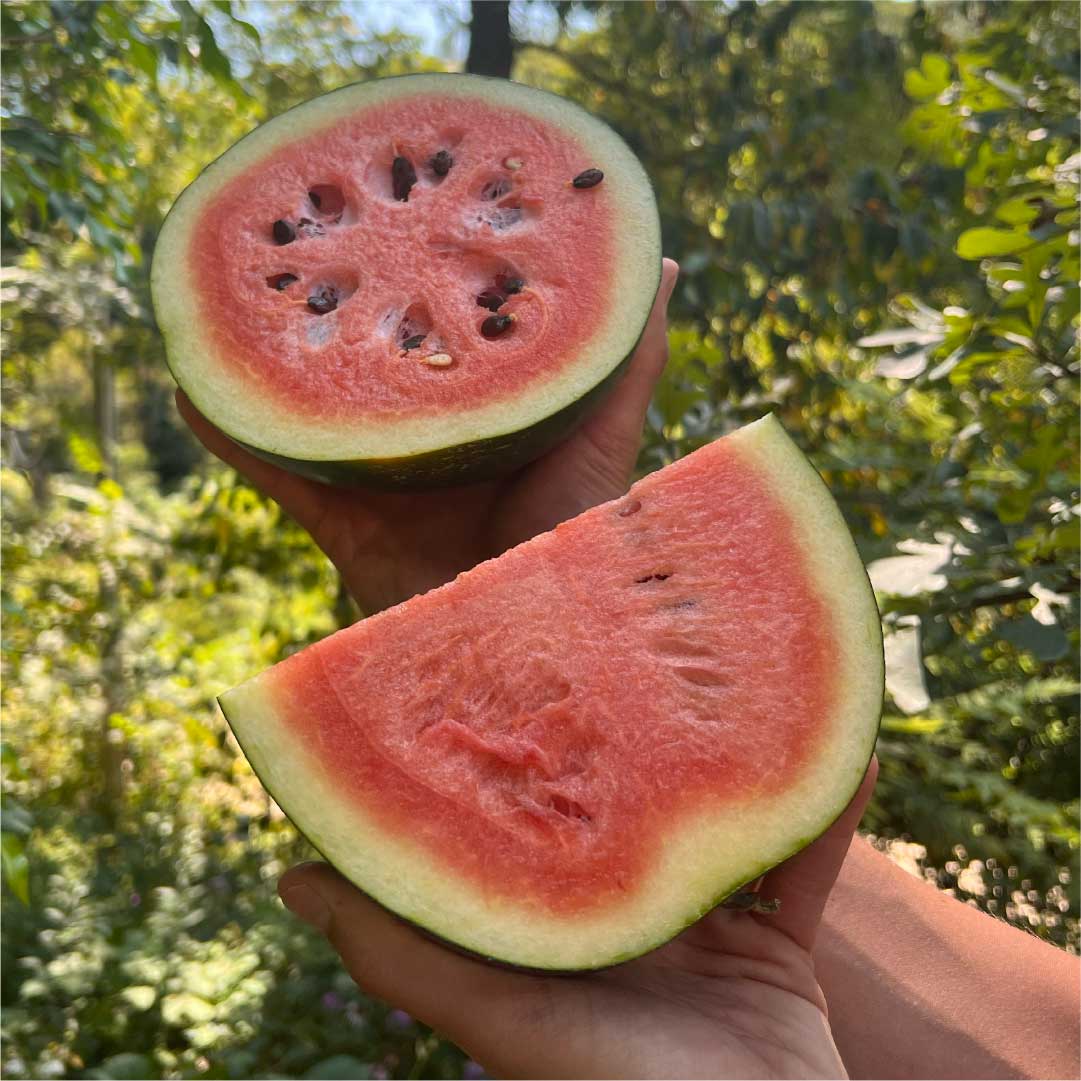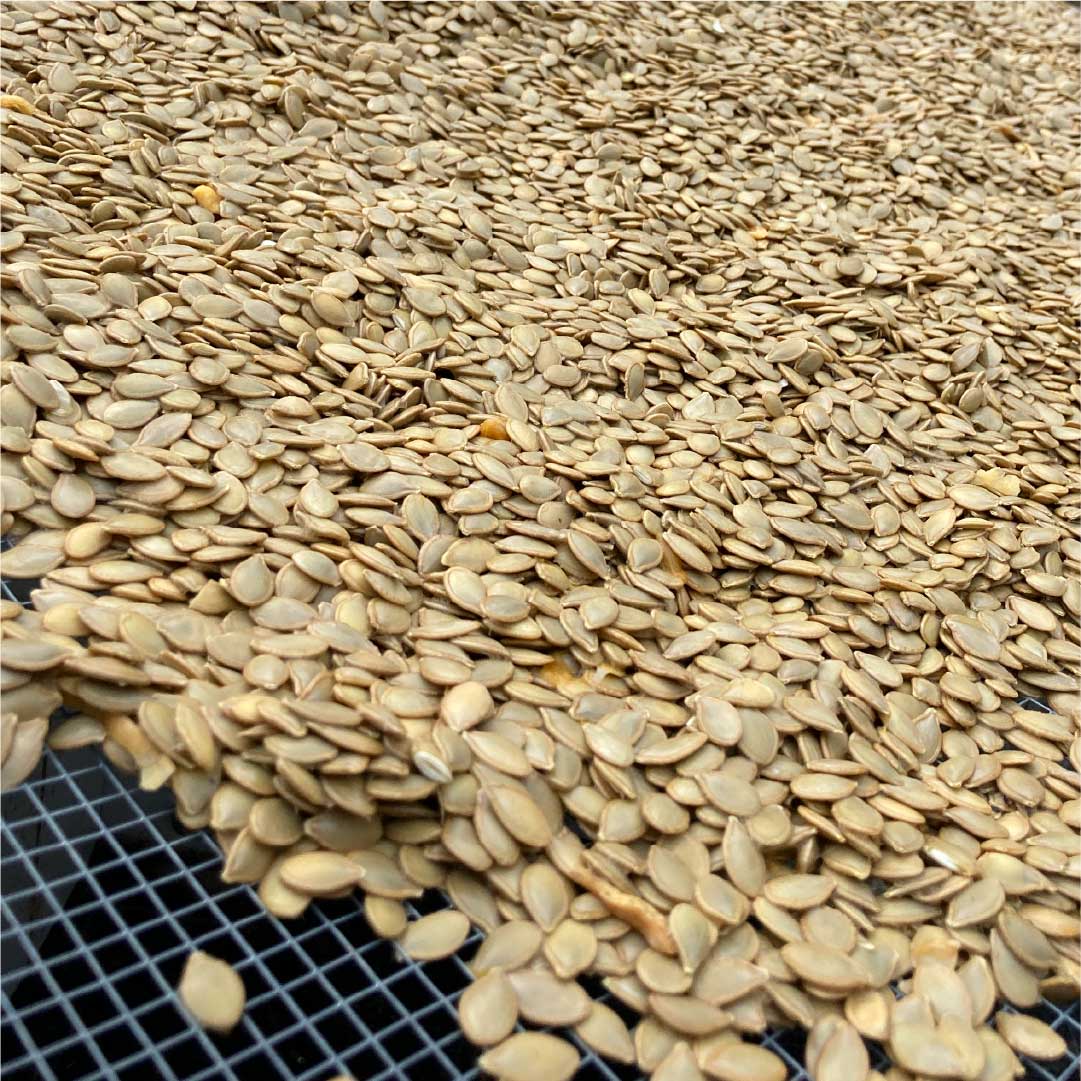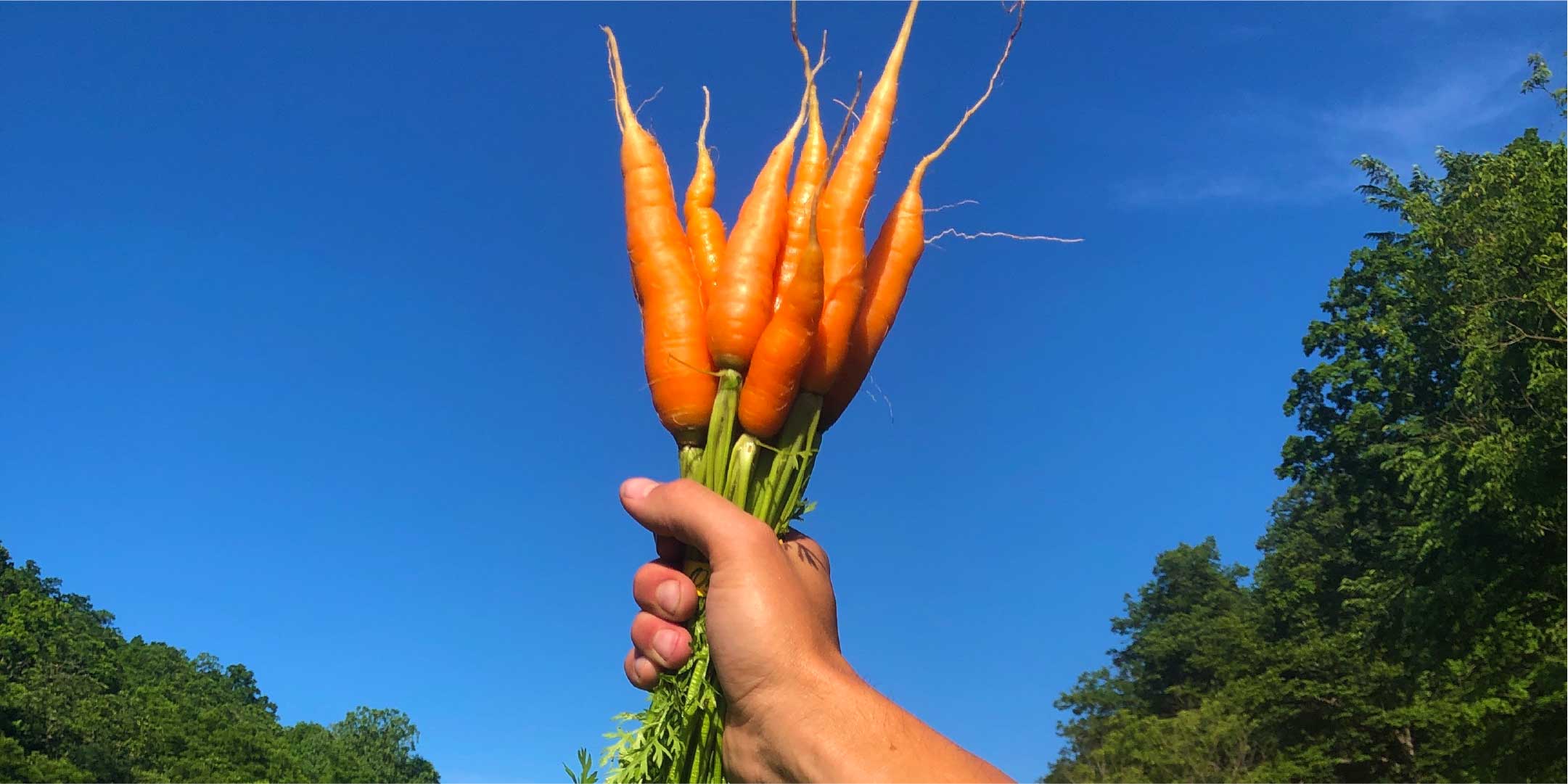
Shape & Size Troubleshooting
My vegetables are small/oddly shaped; what went wrong?
Vegetables that are small or oddly shaped can result from various factors related to environmental conditions, cultivation practices, and genetic aspects. Here are some potential reasons and what you might do to address them:
1. Inconsistent Watering:
- Issue: Irregular watering can lead to uneven growth and misshapen vegetables.
- Solution: Maintain consistent watering and consider using mulch to retain soil moisture.
2. Nutrient Deficiency:
- Issue: Lack of essential nutrients can result in poor development and small produce.
- Solution: Test soil nutrient levels and apply appropriate fertilizers to amend deficiencies.
3. Poor Pollination:
- Issue: Inadequate pollination can result in underdeveloped or oddly shaped fruits.
- Solution: Attract pollinators with flowering plants or consider manual pollination in low-pollinator areas.
4. Pest and Disease Pressure:
- Issue: Pests and diseases can affect plant health and fruit development.
- Solution: Implement pest and disease management practices, such as using protective netting or organic pest control methods.
5. Inadequate Sunlight:
- Issue: Insufficient light can hinder plant growth and fruit development.
- Solution: Ensure plants receive the recommended amount of sunlight daily. Most fruiting plants need full sun.
6. Improper Spacing:
- Issue: Crowding can lead to competition for resources, affecting size and shape.
- Solution: Follow recommended spacing guidelines to ensure each plant has adequate room to grow.
7. Growing Conditions:
- Issue: Extreme temperatures or weather conditions can impact vegetable development.
- Solution: Provide protective structures like shade cloths or cold frames to moderate environmental extremes.
8. Soil Quality:
- Issue: Poor soil structure or drainage can limit root development and nutrient uptake.
- Solution: Improve soil quality by adding organic matter and ensuring proper drainage.
9. Harvest Timing:
- Issue: Harvesting too early or too late can impact size and shape.
- Solution: Harvest vegetables at the recommended time for the specific variety.
10. Cultural Practices:
- Issue: Inappropriate cultural practices like pruning might affect growth.
- Solution: Follow recommended cultivation practices for each vegetable type. Check out our grower resources page for more information.
11. Stress Factors:
- Issue: Physical damage or environmental stress can lead to growth issues.
- Solution: Minimize stress factors by providing stable growing conditions and handling plants carefully.
Next Steps:
- Keep Records: Document the issues, along with weather conditions, care routines, and any interventions, to inform future practices.
- Consult Experts: Reach out to local extension services or gardening groups for additional insights. Even if they aren’t ‘experts,’ your neighbors may be dealing with similar issues and have a good solution!
- Experiment: Sometimes adjustments in care, different varieties, or altered planting times might reveal solutions through experimentation.
By addressing the above aspects and continually observing and adjusting practices, you can enhance the quality and consistency of your vegetable produce in subsequent growing seasons.

